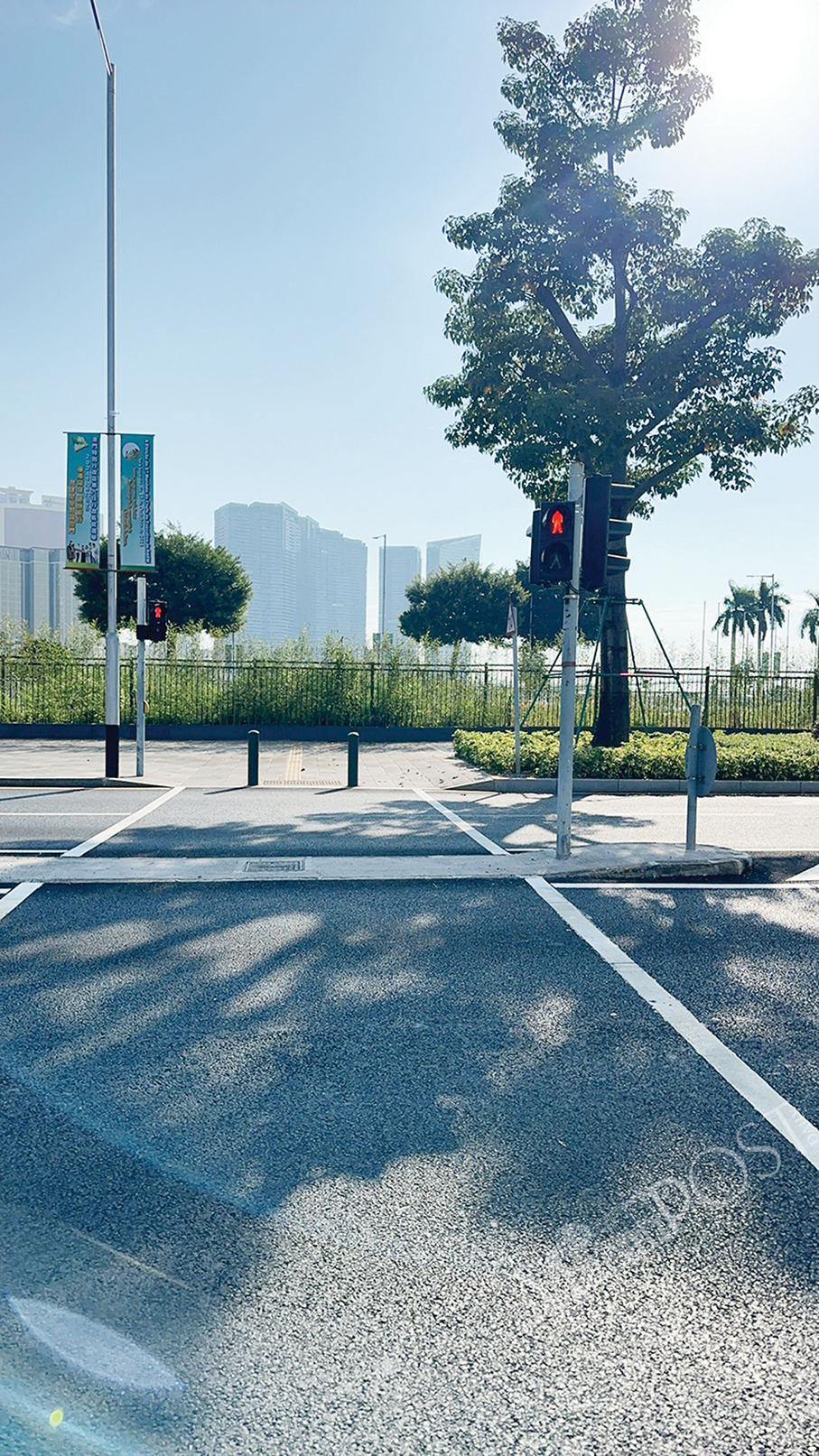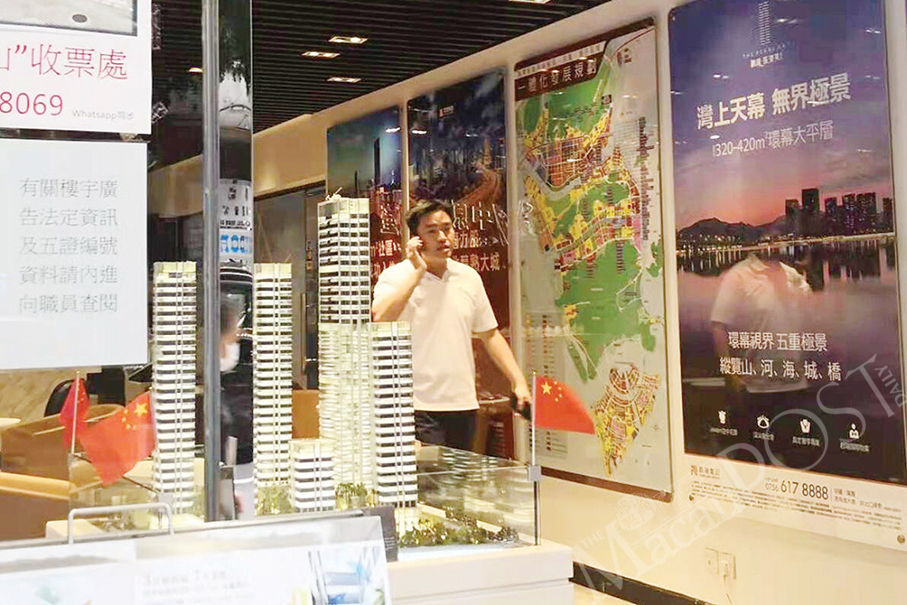An intelligent transportation system has been a key component of Macau’s smart city development programme since 2016 – and the Transport Bureau (DSAT) has noted that 78 percent of Macau’s traffic lights are now using artificial intelligence (AI), i.e., smart traffic lights.
According to the bureau, as of the middle of this month, 148 traffic lights in Macau, as cited by Chinese-language newspaper Macao Daily News in a report on Monday, were equipped with an automated timing system and cloud computing, accounting for 78 percent of the whole traffic light system, adding that the bureau expects the number of smart traffic lights to be raised to about 80 percent by the end of this year.
In 2016, Macau launched its 5-Year Programme (2016-2020) to foster the development of Macau into a smart city, with an “intelligent transportation system” as one of its key initiatives. Shortly afterwards, the Transport Bureau launched its Bus Announcer GPS mobile app to provide users with real-time bus schedules and other transport information. Through the use of Internet of Things (IoT) smart devices in the city, the bureau also provides real-time data regarding road traffic statistics and parking spaces. Once again in 2023, accelerating the smart city development was included as one of the policy initiatives of the current government, including improving public transport governance and new infrastructure construction.
The Transport Bureau has said, according to Macao Daily News, that Macau had adopted, as of last Tuesday, the thermal image analysis technology in 33 percent of Macau’s traffic junctions to gauge the congestion level based on the prevailing conditions and adjust the traffic signal timing scheme accordingly via its central traffic control system. The bureau added that during peak hours, law-enforcement officers operate remotely through the central control system or make manual adjustments to the traffic light timing at busy junctions to shorten the duration of traffic light switching and speed up the flow of pedestrians and vehicles, further shortening the green light interval, while enhancing the flow of vehicular traffic at the junctions as far as practicable.
The bureau said last year that the implementation of intelligent traffic signals had reduced traffic pressure in Avenida do Coronel Mesquita (美副將大馬路) by about 25 percent; Rua Nova da Areia Preta (黑沙環新街) and Avenida do Nordeste (東北大馬路) by about 14 percent; as well as Avenida do Conselheiro Ferreira de Almeida (荷蘭園大馬路) and Avenida de Sidónio Pais (士多鳥拜斯大馬路) by about 11 percent.
Meanwhile, the Transport Bureau and Public Works Bureau (DSOP) jointly announced on Monday their new traffic arrangements to tie in with the ongoing construction of a rainwater pumping station in the southern Inner Harbour district, noting that vehicles are now able to drive along Rua do Dr Lourenço Pereira Marques (比厘喇馬忌士街) from Rua do Almirante Sérgio (河邊新街).

This file photo taken on October 13 shows traffic lights in Nam Van. – Photo: Yuki Lei






